Ocean Plastic Sensor
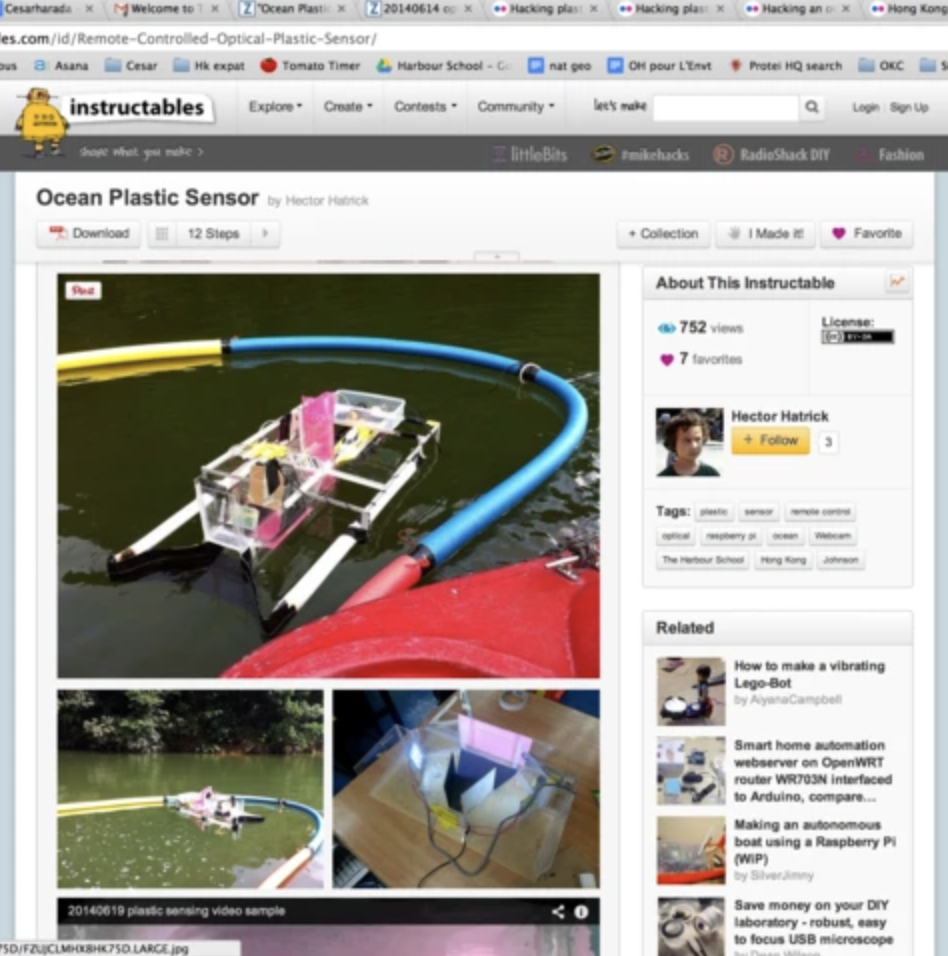
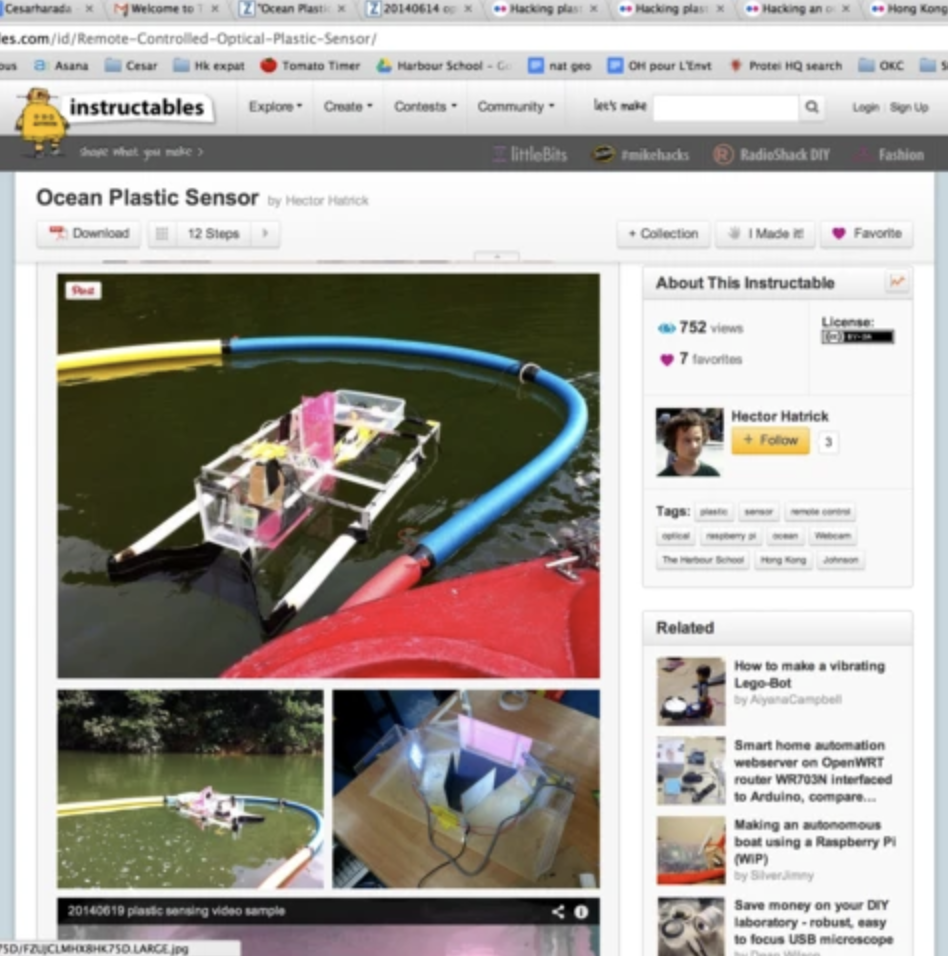
Since 1940 we’ve been producing and disposing of more and more plastic in the ocean. In 2013 alone we estimate to have produced about 300 millions of tons of plastic – the same weight of all humanity (flesh and bones) in plastic, only in one year. Plastic is toxic. Plastic ingestion can lead to the development of infections, cancer or even death. Plastic floats for hundreds of miles, far away from those who produced it. Plastic may change our lives in a very bad way if we don’t take action now.
What is the problem we are trying to address?
We are trying to sense plastic in the ocean. What do we mean by “sense” :
- Localise (where at what moment – timestamp)
- Qualify (what)
- Quantify (how much of it)
The oceans are huge, we know plastic is out there, but it would make it a lot easier to clean if we know where it is. Until recently we thought we would find ten to a hundred millions of tons of plastic at the ocean surface. A recent study suggests that plastic floating at the surface of the ocean accounts only accounts for 34,000 tons maximum.
Where is 99% of the rest of the plastic we thought we would find?
- A) Does fish / turtles / birds eat it? Digest part of it? Poop it?
- B) Does it sink at the bottom of the ocean?
- C) Does it breaks down so small, it releases all its chemistry?
- D) Does it reaches the beach?
Today, we don’t know in what proportions and where plastic is, which is concerning. For instance, if a big part of plastic was consumed by marine animals in that kind of quantity, it would have devastating consequences on the food chain we are part of. It might explain partly why we have already killed 90% of the ocean large fishes since 1950 and corroborate the theory that by 2048 all large fish in the ocean would be gone.
How do we sense plastic in the ocean today? What do we propose to investigate?
As of today (2014 July) we take big ships out, extend a long arm at the end of which there is a fine net (manta trawler) to capture plastic bits. Plastic pollution research with nets has been very slow, dangerous and time-consuming because all this plastic has been sorted by hand under a dissection microscope.
In this instructables we investigate the possibility of developing an optical sensor, so instead of “collecting stuff” (plastic but also plankton) with a net, we collect the “image of stuff” and convert it immediately into “data” (Timestamp, localise, qualify, quantify). Marine biologists have been doing this technology for decades for plankton using LOPCs (Laser Optical Particle Counter).
How are we doing it?
We’re hacking a radio-controlled sailing robot to carry a webcam that video records water and plastic particles flowing though it. The plastic is then collected with a net attached to the end of the contraption so we compare what we estimate from video feed VS what we actually physically collect – so we can establish how accurate our system is (tolerance). The current prototype is very rough but confirms that it is possible remotely operate a compact platform to capture video of plastic particles.
We are working on :
- improving the sensor (watertightness, optical quality, size, energy usage)
- improving the transport of the sensor (power boat, perhaps wind-powered)
- process video, isolate moving bits
- use laser diode that help us distinguish plastic from plankton
- develop an on-board software to process the data (on the Banana Pi)
- communicate the data online in real-time

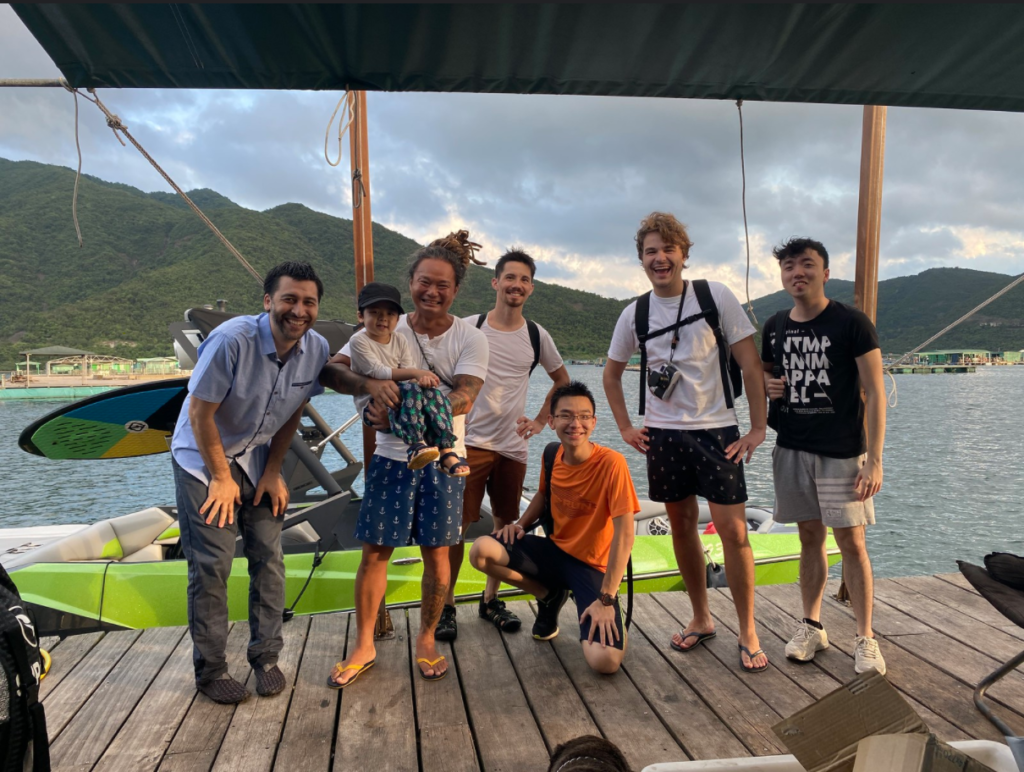
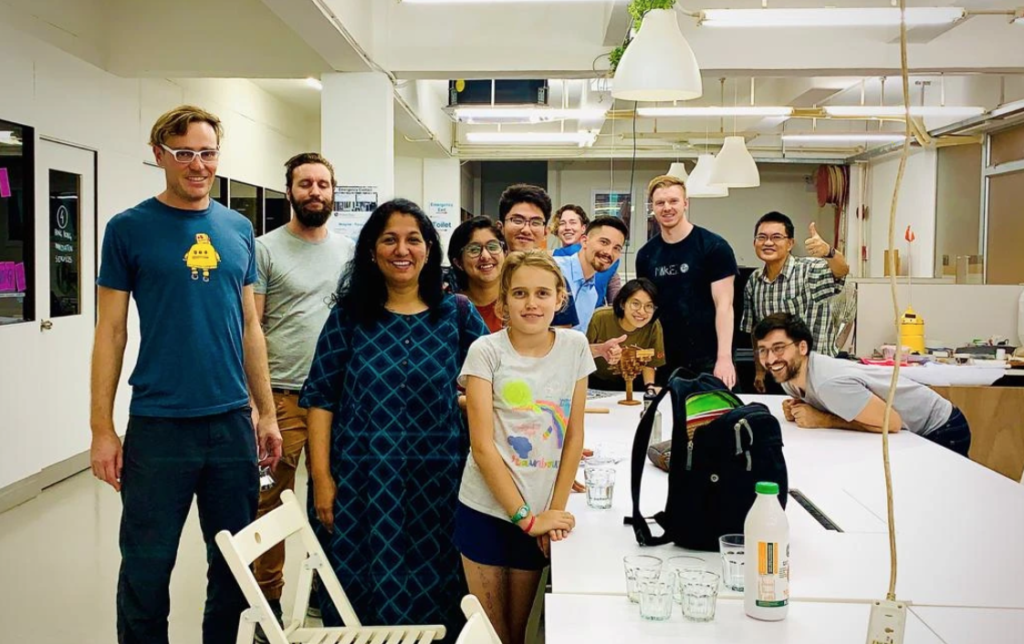
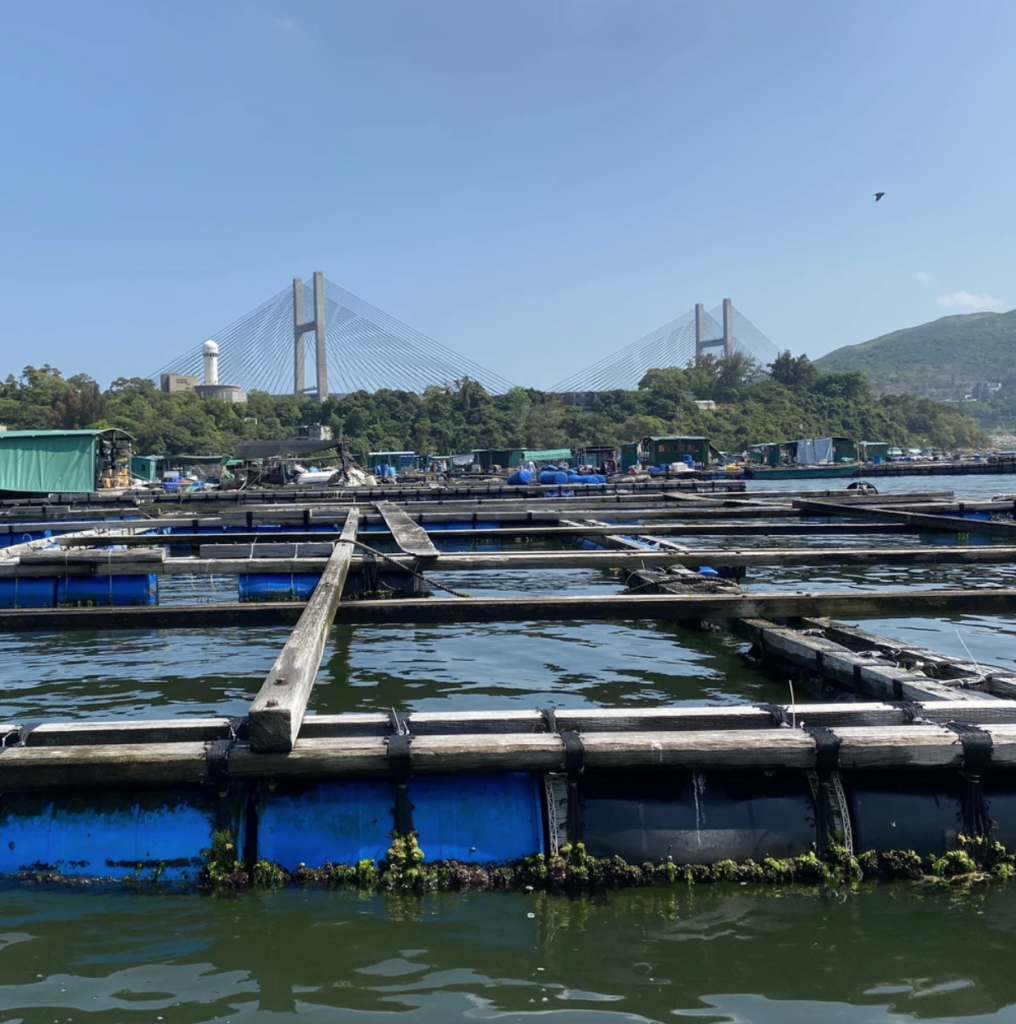
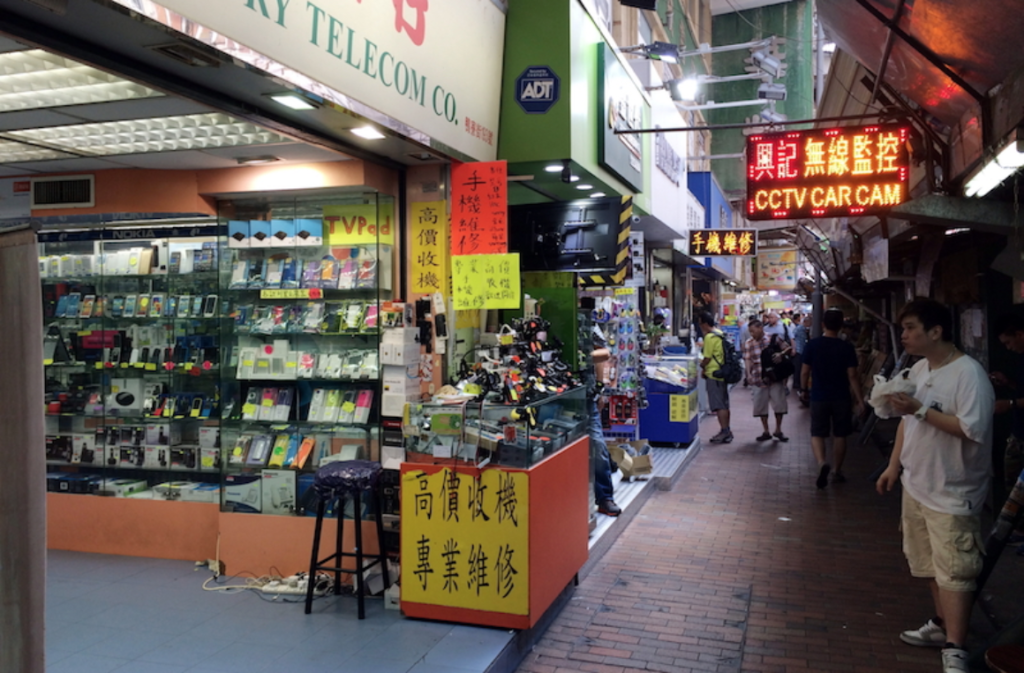
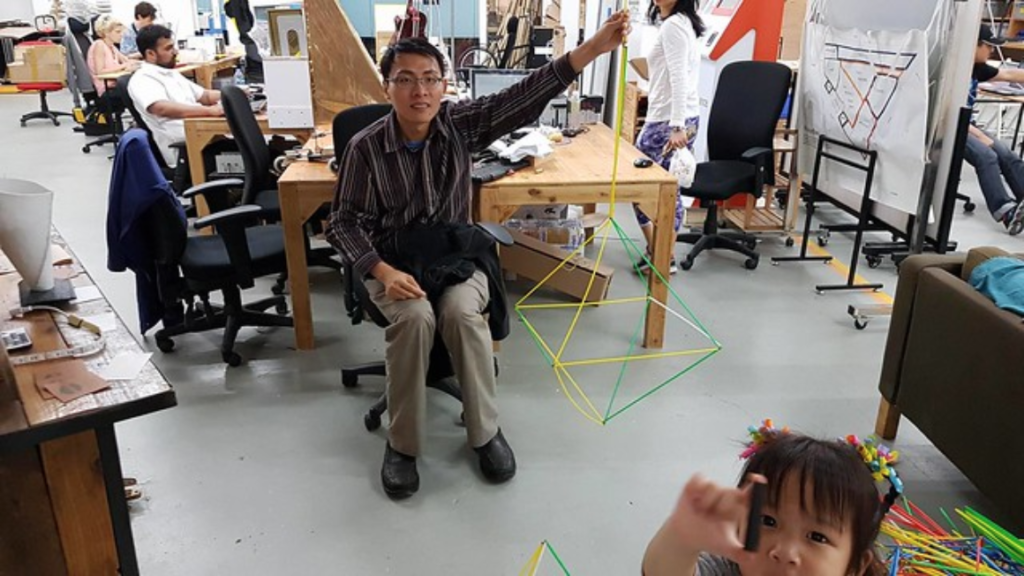

Responses